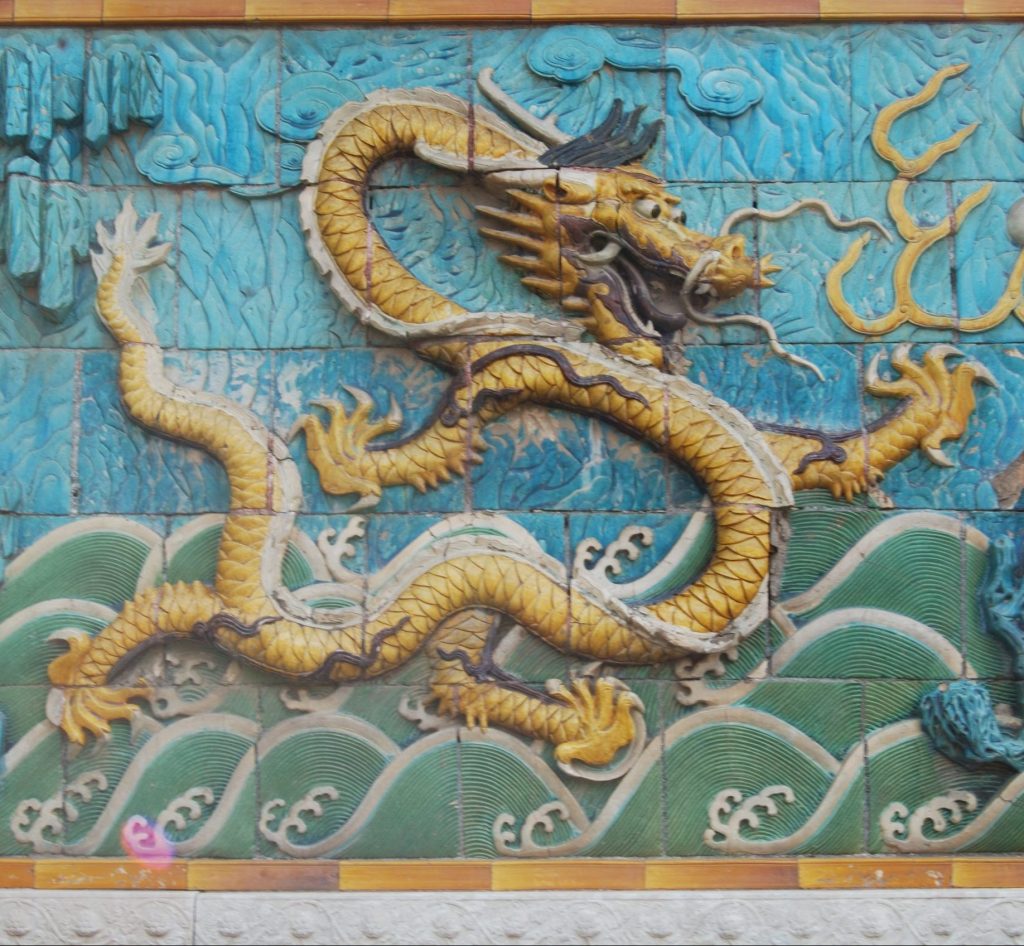

Dance with the dragon
China is being increasingly associated with the fire-breathing dragon, which in Western mythology was usually regarded as a monster that had to be destroyed. Such fire dragons also exist in Asia. But the East Asian dragon is an ambivalent creature with predominantly positive qualities: a symbol of fertility, of wealth, auspiciousness, goodness and intelligence – and of imperial power.
Similarly ambivalent is the brand name ‘Belt and Road’, which stands for world-wide infrastructure development, billion-dollar investments and integration into a “community with a shared future”. On one hand, it promises ‘New Silk Roads’, linking it to a historical, supposedly Golden Age of an equitable, flourishing interchange between China and Europe. On the other hand, it is being interpreted as a seductive web in which participating countries become entangled and dependent on Beijing’s power ambitions.
China’s global reach in all areas has long since progressed to the point where the dance with the dragon is in full swing. The music for it is currently being written by a wide variety of composers. One of the basic rules for this dance: don’t step too firmly on the dragon’s feet.
Latest posts
- Towards a Diasporically Grounded Global-China AnalyticThe past decade has seen a swell of economic, political, and social commentary throughout academia and the media on the impact of the Belt and Road Initiative (BRI). Much of this discourse reifies and reduplicates existing geopolitical biases by describing the BRI as either an ideal model of South–South cooperation or a ‘debt trap’ intended to further the People’s Republic of China’s plan for economic and ideological supremacy. Yet the view from the ground often reveals a more nuanced impact, with benefits and drawbacks to local communities within the Global South.
- Newsletter 29/March 2024Guest post: Bringt China die Energiewende für den Globalen Süden? +++ Guest post: What price for Africa’s digital development? +++ ‚Immer mehr ‘Out of area’-Einsätze der Bundeswehr +++ Strategische Partnerschaft mit der Mongolei +++ Wechselnde Allianzen, wachsende Spannungen in Südasien +++ Readings: China’s development cooperation system +++ Update Blogroll: Elements in Global China +++ The Arctic Institute +++ Quote: Advantage USA?
- What price for Africa’s digital development?Digital technologies have many potential benefits for people in African countries. They can support the delivery of healthcare services, promote access to education and lifelong learning, and enhance financial inclusion. But there are obstacles to realising these benefits. The backbone infrastructure needed to connect communities is missing in places. Technology and finance are lacking too.
- Newsletter 28/February 2024Content: New Scramble for Africa +++ Belt&Road entwächst den Kinderschuhen +++ Asymmetrische Militarisierung +++ Limited Autonomy of Chinese NGOs abroad +++ Ups and Downs: Zivilgesellschaft in Afrika und Lateinamerika verstärkt den Druck +++ Readings: Globalising the Chinese working class struggles +++ Dramatische Veränderungen bei Belt&Road +++ Update Blogroll: Chinese in Africa / Africans in China +++ China in Africa +++ Quote: Competition and Conflict
- New Scramble for AfricaAt the start of the new year, the foreign ministers of China and the USA went on a tour of Africa in quick succession. US government circles described it as a coincidence, although it is clear that the respective Chinese foreign minister is making his first foreign trip abroad every year for three decades, in line with the motto of ‘Dinner for One’. The travel activity highlights the fact that the new ‘Scramble for Africa’ is picking up speed.
- Newsletter 27/January 202424. January 2024 Contents: Flexible Loyalitäten und Allianzen +++ War about critical minerals? +++ Liebesgrüße von ‚Fat Man’ und ‚Little Boy’ +++ Weiterer Rückschlag für BRICS? +++ Ups and downs: Bid to De-Risk China’s Global Infrastructure Initiative +++ Belt&Road in Southeast Asia +++ Chinesische Konzerne in Indonesien +++ Readings: China-Africa Relations in 2024 +++ Southeast Asia’s Future: Averting a New Cold War +++ Which international Order? +++ Update Blogroll: China Global South Project +++ Quote: The Year of the Dragon